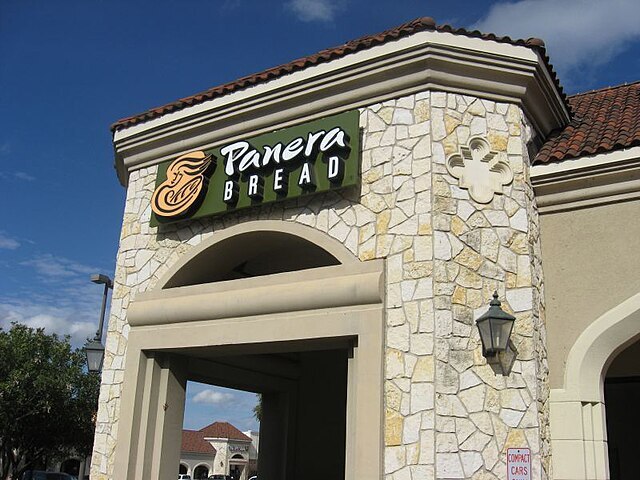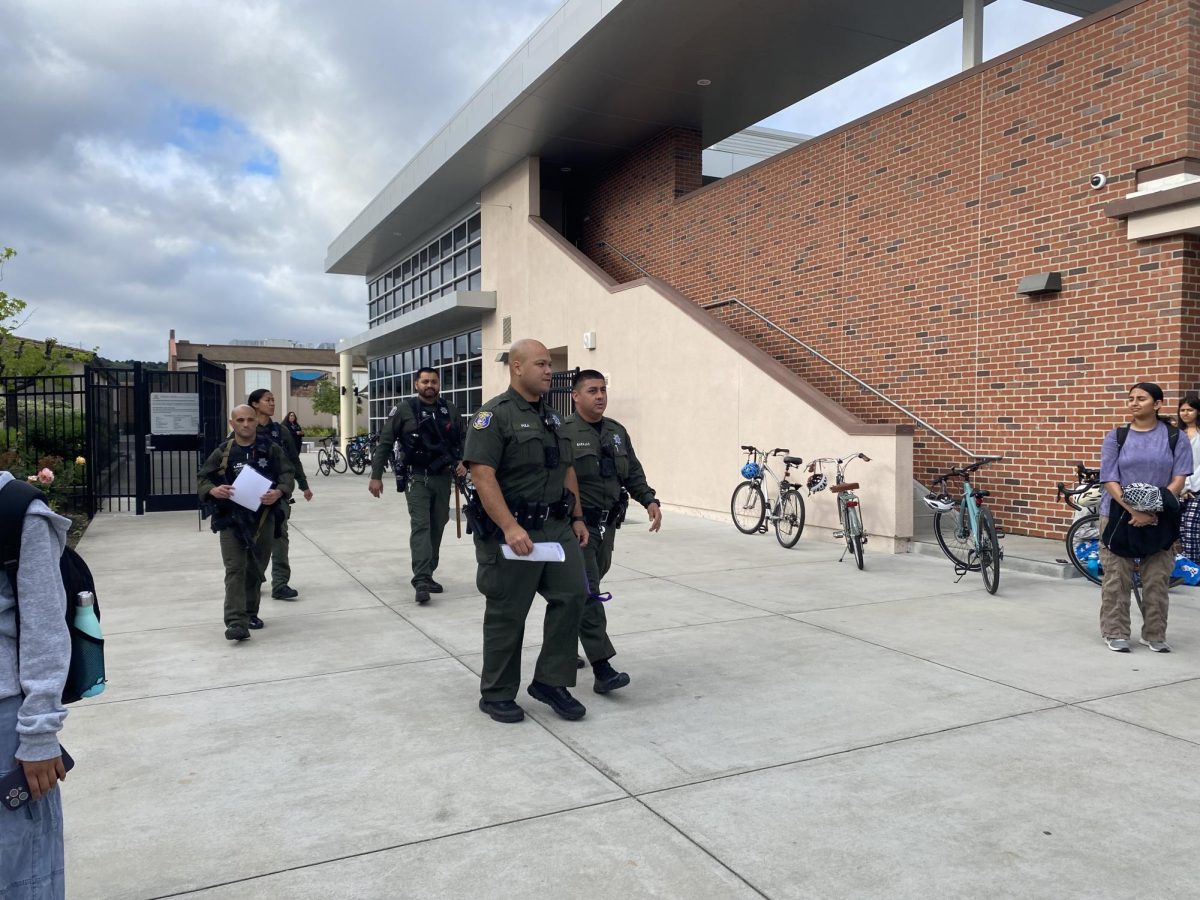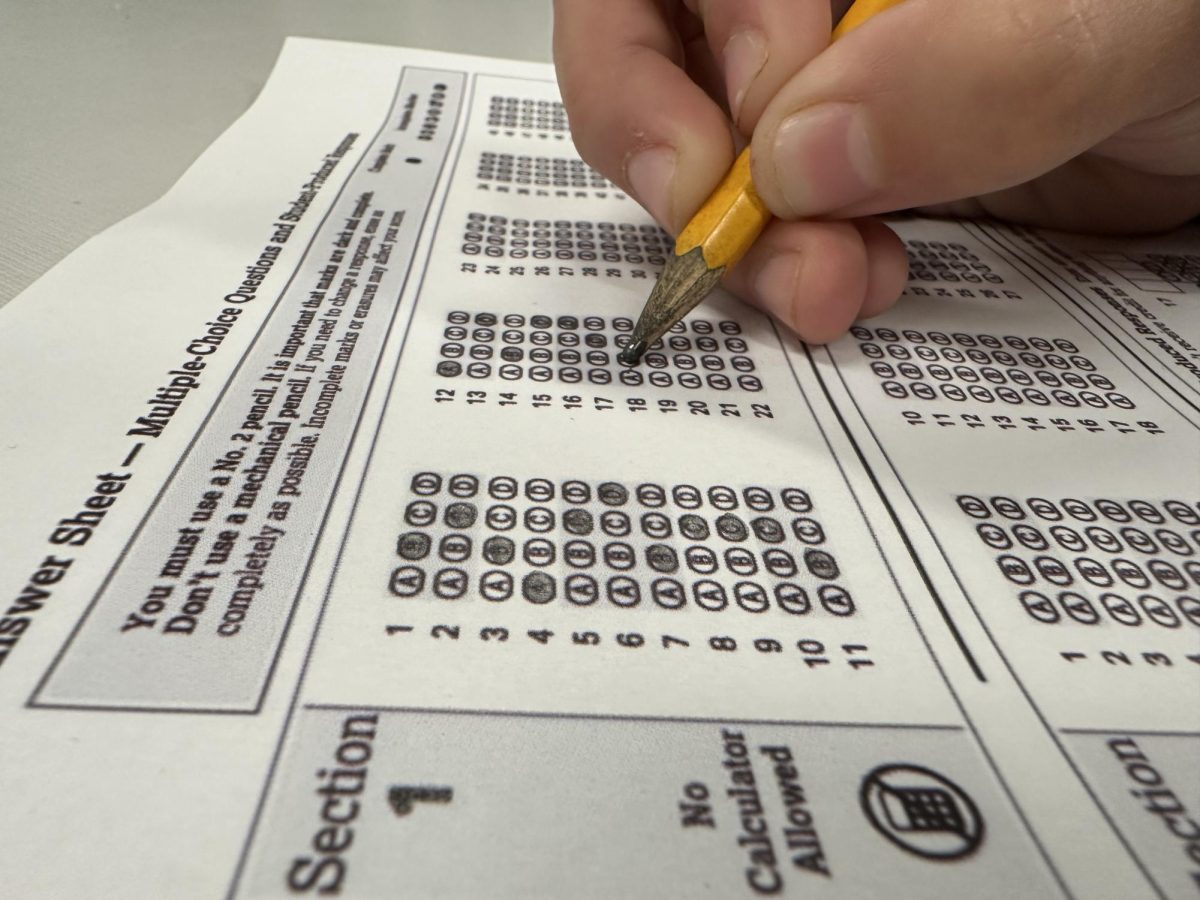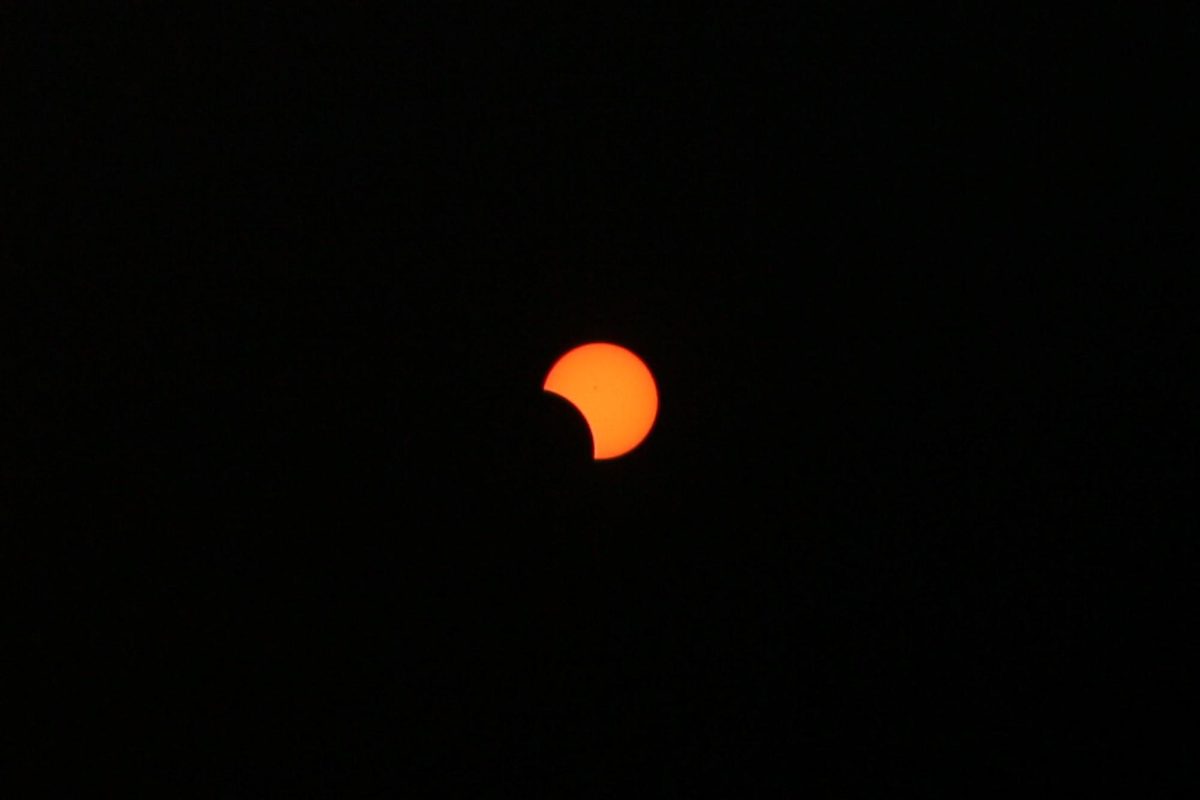
Image used with permission of Anika Cheerla
Alzheimer’s disease is a neurodegenerative brain disease that slowly destroys cognitive thinking skills and memory by killing brain cells. The leading cause of dementia in older adults, this buildup of plaque can erase even the most basic of skills given time. The disease is irreversible and has no cure. One of the ways to combat this disease is through preventive measures and early detection. Such devices at this phase in the medical field are near non-existent, but Cheerla may have created one of the best working prototypes to date.
Anika first heard of the Google Science Fair through the many advertisements that Google placed for the fair. She started her work in the summer before eighth grade and received the help of her science teacher, Khadija Iyer, and her older brother, junior Nikhil Cheerla during the Kennedy Middle School school year.
“Anika came and told me that she was participating in the Google Science Fair, and I was very excited because I always want kids to participate in some kind of competition,” Iyer said. “These are good, healthy ways for them to actually explore more. ”
Nikhil taught Anika the basics of MATLAB, a computer science and engineering program, and helped check and resolve particularly hard to defeat software bugs. He says that one of the main strengths that he admires in his little sister is her drive and tenacity.
“I think sometimes at Monta Vista, you’re driven by the desire to do something different.Sometimes we can be like ‘Oh, somebody else knows how the human brain works, why should we know?’ and that kind of takes the magic out of science,” Nikhil said, “but for [Anika], she’s just always curious and she hasn’t lost that magic.”
The first step for registration was the creation of a project board, which summarized the entire project with videos and statistics. The board also came packaged with methods, visual results and a discussion of possible practical applications in the world. Another requirement of participating in the project was getting a teacher to sign certain forms. Iyer was willing to oblige, and asked to see some of Cheerla’s work. She was very impressed with what she saw.
“Just looking at the way she had gathered and put all of that information in such an organized way,” Iyer said. “I still have to see something like that, so that is really memorable because I remember I really thought about it as I was driving. I was thinking…‘Wow, this girl has really put so much effort and work into it in spite of doing all the schoolwork’ so this was all on her own time.”
After rigorous interviews, presentations before panels of judges and prestigious organizations, Anika made it from regional finals all the way to global finals at the Google Campus itself.
“I could answer all the judging questions pretty well,” Anika said. “I was pretty sure about the accuracy of my invention and how it could be implemented, so I wasn’t nervous about the judging.”
Through the power of artificial neural networks, Anika’s invention could train itself to diagnose Alzheimer’s.
ANNs are designed to replicate the way a human brain thinks and acts through many differing layers of code. Usually, computers are limited to being given an input and a formula to insert it into. From there, the computer can calculate the outcome. With ANNs, a computer can see the input and output from multiple different sources across different media, and synthesize the data together to predict a likely outcome.
Anika’s machine can take patient data and MRI scans and examine them to predict the onset of Alzheimer’s.
Through consistent trial and error, Anika managed to achieve a 97 percent accurate detection rate. She was pleasantly surprised by the results.
“At first I thought there was something wrong with my code, and it was printing out the wrong number, because 97 percent accuracy is really high compared to what I got before,” Anika said. “I guess I was happy that I got a 97 percent accuracy.”
The Alzheimer’s detection device is as simple as possible, so that physicians can simply take images from a MRI scan and be able to detect the presence of Alzheimer’s disease with the program. Although it was designed with the entire medical community in mind, Anika was greatly inspired by her own personal experience to create the product.
“A lot of people in my family have had dementia,” Anika said. “My great aunt had dementia and she recently died of dementia, but we didn’t know she had Alzheimer’s because she lived in rural India, so she never got an autopsy and she never got diagnosed with Alzheimer’s.”





















